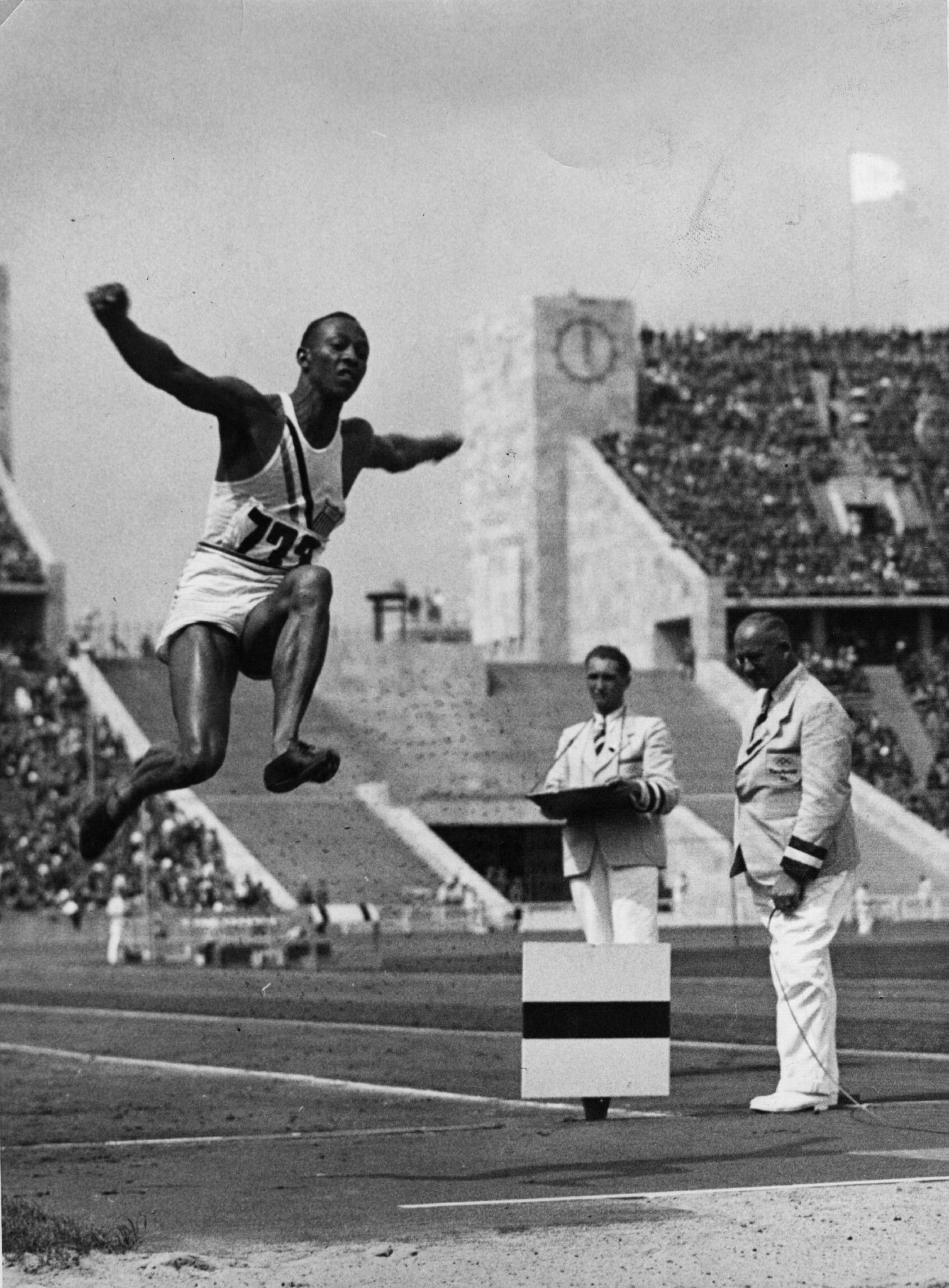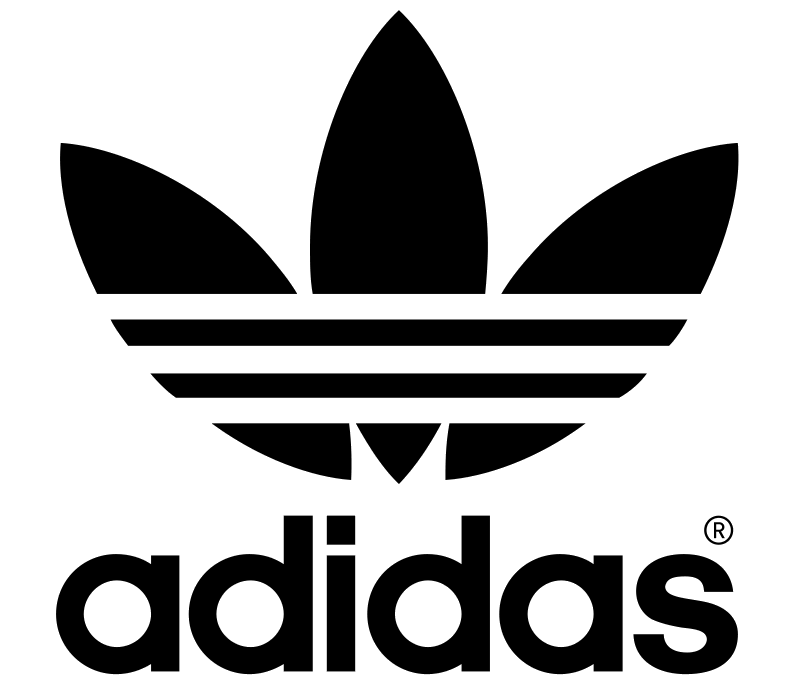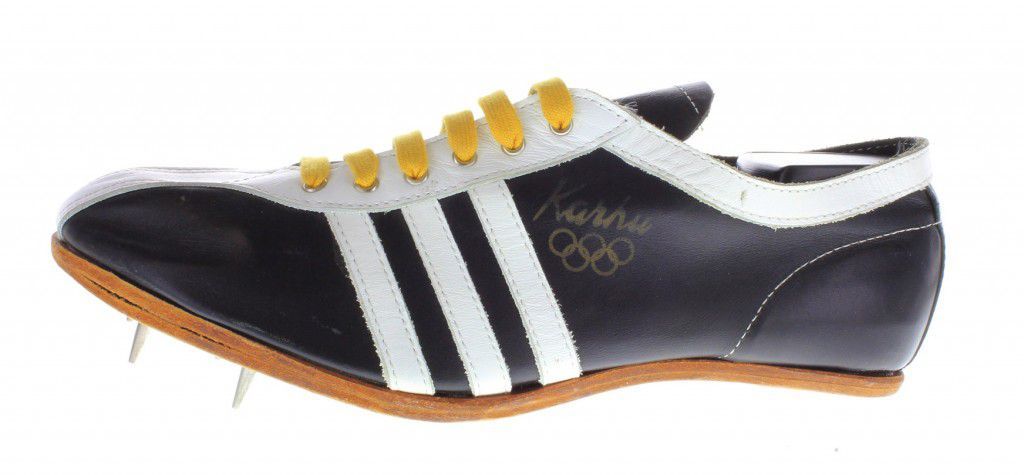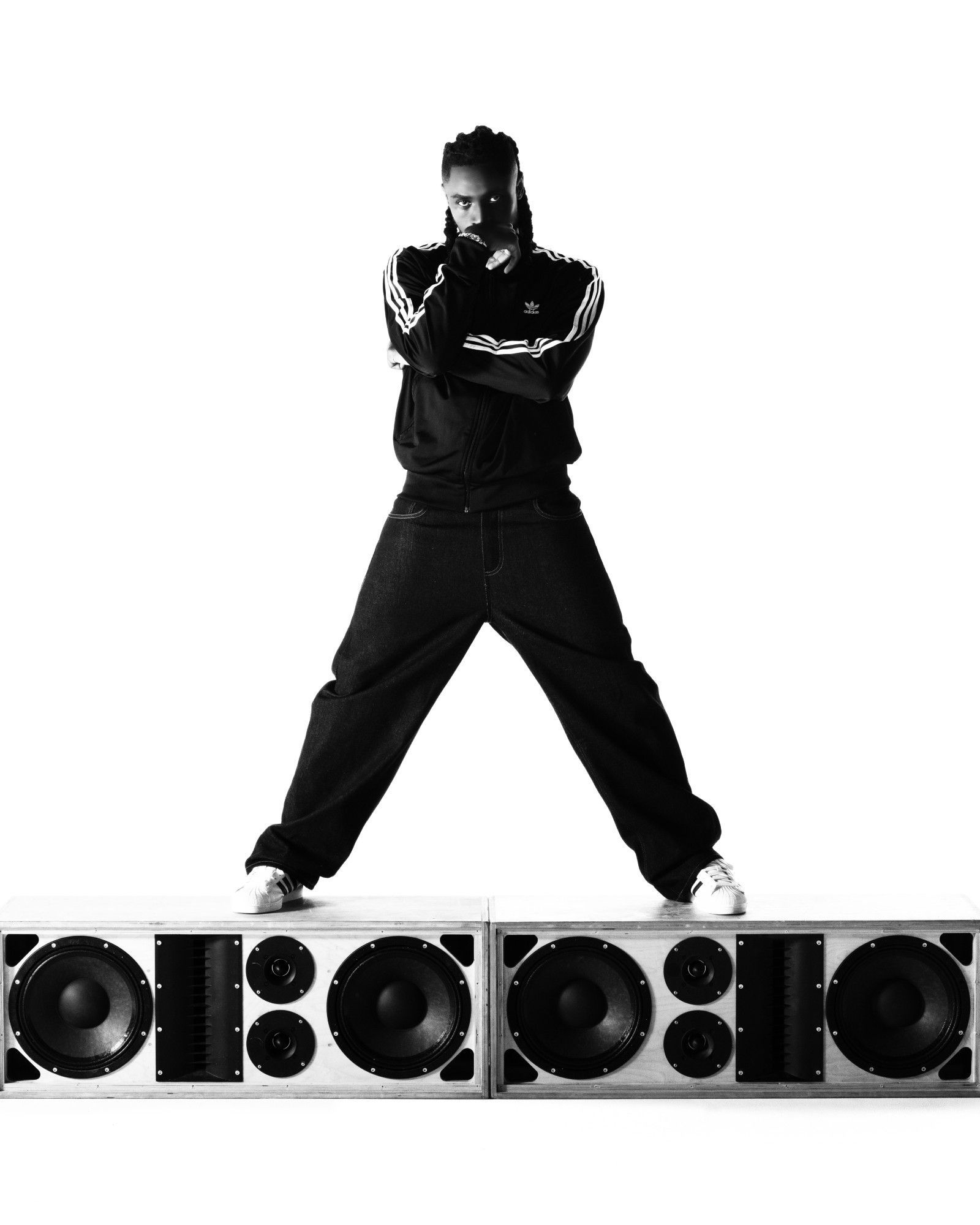
5 things you probably didn't know about the Adidas logo It involves two bottles of whiskey, the Finnish brand Karhu and the 1972 Olympic Games
It's a story that begins at the end of World War I, when Adolf "Adi" Dassler returned to his hometown Herzogenaurach, in Bavaria. There he had to think of how to support himself and helped by his father and brothers he began to design and make track and field shoes. We are at the beginning of the 1920s.
The conditions were not the simplest: the first adidas shoes were produced in the scullery/laundry room of the mother of the Dassler brothers and the tools used for the construction were pedals because of the lack of electricity.
Then came the 1936 Olympic Games in Berlin with the 4 golden medals won by Jesse Owens with a pair of Adidas on feet - it was Adi himself who convinced the American sprinter to wear a pair of adidas; the conflict and the separation of the Dassler brothers - Adolf and Rudolf (who in 1948 founded his company, PUMA); the "dominion" in football thanks to the German National Team; the Run DMC with the song "My adidas"; ending with Kanye West and YEEZY. But we're not here to tell the story of adidas, we want to tell you about its "The Three Stripes" logo which has become the brand's identifying symbol.
As for Nike and the Swoosh, adidas is by now made recognizable because of its three strips, the story is perhaps less "romantic" than the one hidden behind the Swoosh but no less interesting and with some fun facts that are worth knowing.
This is why we decided to put together the 5 things you probably didn't know about the Adidas logo.
1. The form follows the function
Originally the Gebrüder Dassler Schuhfabrik, the one that everyone now knows as adidas, used two strips on the outside of the running shoes to give more stability and support to the feet during the race. When the company broke up in 1948 due to the frictions never healed between the two Dassler brothers, adidas was not allowed to continue using the two support strips and four were too many. Well, it comes by itself that it was obvious to use three but it wasn't that simple. This brings us immediately to the second point.
2. Two bottles of whiskey and €1600
When Adi Dassler thought that the best way to represent his newly born company were the three "support" strips, he discovered however that the rights to that logo were not free. They belonged to another company that produced sports shoes: the Finnish Karhu founded in 1916 - which thanks to Kanye West who wore a pair of them in 2017 saw sales skyrocketing. Adi did not lose heart, he was determined to get his hands on that logo and would do anything to succeed. The treat, however, turned out to be quite easy, the newborn adidas bought the logo after 1952 - the year in which the athletes who dressed Karhu and the three strips won 15 gold medals at the Olympic Games held in Finland, in Helsinki - for two bottles of good whiskey and a sum of money equivalent to € 1600 of our time. Not too bad if you think about it.
3. The Trefoil
Over time, adidas realized that the time had come to develop a logo that reflected both the modernity and the true nature of the company and in 1972 - during Berlin Olympics - the so-called "clover" was introduced. Often associated with the adidas Originals section, the logo was born to represent the 4 main continental masses: Asia, Africa, Europe, and the Americas. The clover was the identifying symbol of adidas from 1972 until 1998.
4. The evolution of the "Three Stripes"
From 1998 onwards the three strips have undergone a restyling which is what we know today, the "Three Bars" arrive. The shape is the one growing in height - from the lowest to the highest - this design was studied with the aim of evoking a certain feeling in the possible customers: that of overcoming their limits every time, as if you were climbing a mountain (the adidas logo in fact visually recalls a mountain). Given adidas' global success, let's say it worked fine.
5. Payless ShoeSource and $305 million
In 2008, an Oregon court forced a company that sold shoes to pay adidas the amount of 305 million dollars because, apparently, Payless ShoeSource - this is the name of the company in question - sold shoes with two, three and four oblique lateral stripes that recalled adidas's Three Stripes too clearly. The lawsuit began in 1994 and initially ended with an agreement according to which Payless would no longer sell sneakers with oblique lateral stripes, regardless of the number. Payless actually stopped selling shoes with three slanted stripes but continued to produce and sell shoes with two or four vertical and straight stripes. Those of adidas did not take it well and took the maxi compensation of 305 million dollars then reduced to 65 million.






















































